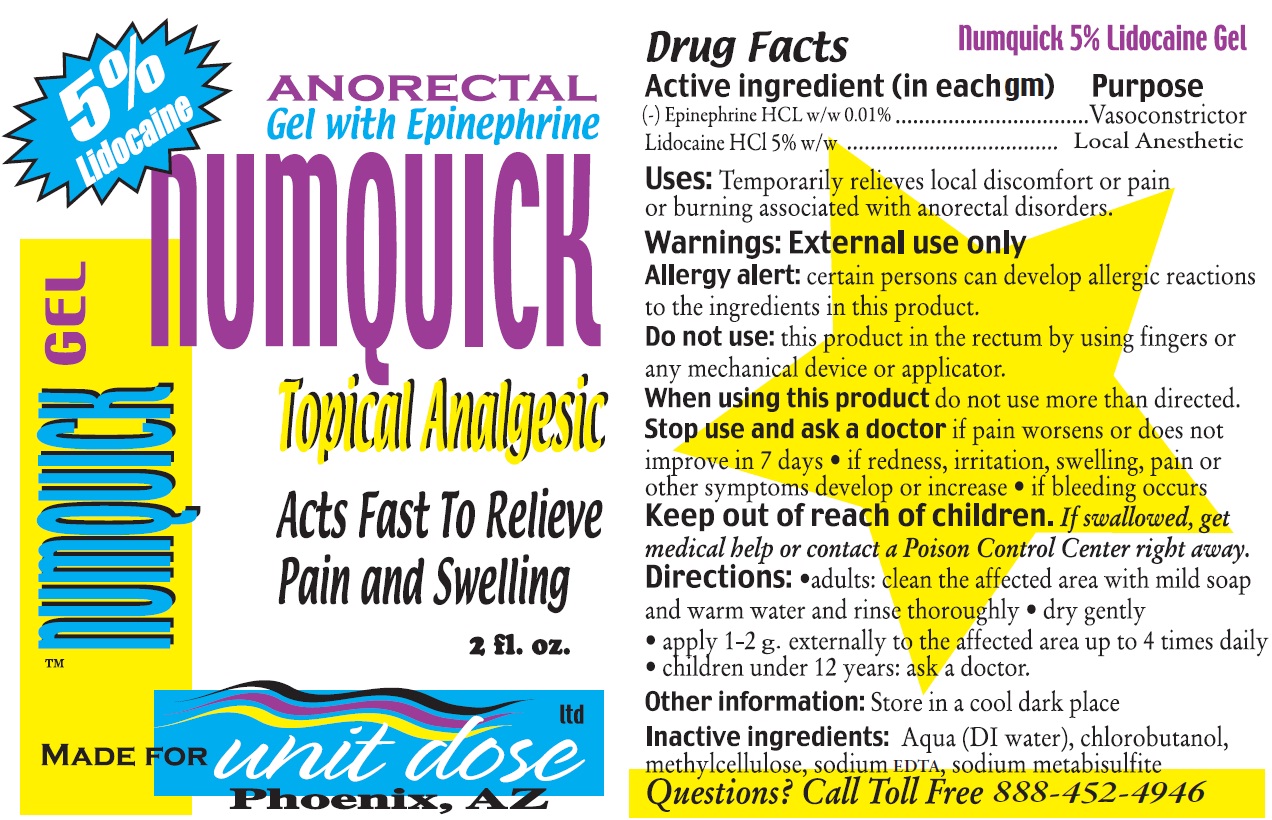Numquick Topical Analgesic | Epinephrine Hydrochloride, Lidocaine Hydrochloride Gel while Breastfeeding

What is Numquick Topical Analgesic | Epinephrine Hydrochloride, Lidocaine Hydrochloride Gel ?
Brief: Vasoconstrictor Local Anesthetic
Can I use Numquick Topical Analgesic | Epinephrine Hydrochloride, Lidocaine Hydrochloride Gel while breastfeeding?

Numquick Topical Analgesic | Epinephrine Hydrochloride, Lidocaine Hydrochloride Gel Breastfeeding Analsys
Epinephrine while Breastfeeding
SafeCAS Number: 51-43-4
Used as a systemic drug for cardiac resuscitation and locally in topical anesthetic preparations, epidural anesthesia, eye drops (mydriatic), and nasal drops (vasoconstrictor). At last update no published data on excretion in breast milk were found.Its rapid metabolism (short Tmax and T½) makes it unlikely an excretion into milk in significant amounts. It is destroyed in the gastrointestinal tract. The low oral-bioavailability makes its levels into infant's plasma, that would be absorbed from ingested breast milk, be nil or negligible. Maintained high intravenous doses decrease milk production by interfering with the secretion of prolactin especially the early postpartum-weeks, because when breastfeeding is well established, prolactin levels do not correlate with milk production any longer. No problems related to lactation have been observed due to epidural anesthesia in which adrenaline is used.
Lidocaine while Breastfeeding
SafeCAS Number: 137-58-6
Compatible with breastfeeding no matter the multiple ways it can be used: anesthetic, anti-arrhythmic, or anti-epileptic drug. Excreted into breast milk in non-significant amount with no side effects on breastfed infants from treated mothers. As a topical anesthetic (dermatologic, dental-stomatologic, ophtalmotologic and otologic preparations) it has an almost nil systemic absorption. Avoid using it on the nipple, but if necessary do it after the breast feed, wipe it out and rinse with water before the next feed, An euptectic mixture with added Prilocaine (EMLA) is used for dermatologic anesthesia. There is an increased risk of Methemoglobinemia when applied on large surfaces or taken by mouth. Intrapartum anesthesia may delay the onset of phase II of Lactogenesis or milk coming-in. The American Academy of Pediatrics rates it usually compatible with Breastfeeding.
Numquick Topical Analgesic | Epinephrine Hydrochloride, Lidocaine Hydrochloride Gel Breastfeeding Analsys - 2
Epinephrine while Breastfeeding
CAS Number: 51-43-4
No information is available on the use of epinephrine during breastfeeding. Because of its poor oral bioavailability and short half-life, any epinephrine in milk is unlikely to affect the infant. High intravenous doses of epinephrine might reduce milk production or milk letdown. Low-dose intramuscular (such as Epi-Pen), epidural, topical, inhaled or ophthalmic epinephrine are unlikely to interfere with breastfeeding. To substantially diminish the effect of the drug after using eye drops, place pressure over the tear duct by the corner of the eye for 1 minute or more, then remove the excess solution with an absorbent tissue.
Lidocaine while Breastfeeding
CAS Number: 137-58-6
Lidocaine concentrations in milk during continuous IV infusion, epidural administration and in high doses as a local anesthetic are low and the lidocaine is poorly absorbed by the infant. Lidocaine is not expected to cause any adverse effects in breastfed infants. No special precautions are required.[1][2][3] Lidocaine labor and delivery with other anesthetics and analgesics has been reported by some to interfere with breastfeeding. However, this assessment is controversial and complex because of the many different combinations of drugs, dosages and patient populations studied as well as the variety of techniques used and deficient design of many of the studies. Overall it appears that with good breastfeeding support epidural lidocaine with or without fentanyl or one of its derivatives has little or no adverse effect on breastfeeding success.[4][5][6][7][8] Labor pain medication may delay the onset of lactation.
What should I do if already breastfed my kid after using Numquick Topical Analgesic | Epinephrine Hydrochloride, Lidocaine Hydrochloride Gel?
Numquick Topical Analgesic | Epinephrine Hydrochloride, Lidocaine Hydrochloride Gel is safe in breastfeeding and should not create any health problem for your baby but in case you feel any health issue associated with Numquick Topical Analgesic | Epinephrine Hydrochloride, Lidocaine Hydrochloride Gel you should contact your doctor or health care provider. Be it pregnancy or lactation you shall keep your doctor informed.
My doctor has prescribed me Numquick Topical Analgesic | Epinephrine Hydrochloride, Lidocaine Hydrochloride Gel, what should I do?
Usage of Numquick Topical Analgesic | Epinephrine Hydrochloride, Lidocaine Hydrochloride Gel is safe for nursing mothers and baby, No worries.
If I am using Numquick Topical Analgesic | Epinephrine Hydrochloride, Lidocaine Hydrochloride Gel, will my baby need extra monitoring?
No
Who can I talk to if I have questions about usage of Numquick Topical Analgesic | Epinephrine Hydrochloride, Lidocaine Hydrochloride Gel in breastfeeding?
US
National Womens Health and Breastfeeding Helpline: 800-994-9662 (TDD 888-220-5446) 9 a.m. and 6 p.m. ET, Monday through Friday
UK
National Breastfeeding Helpline: 0300-100-0212 9.30am to 9.30pm, daily
Association of Breastfeeding Mothers: 0300-330-5453
La Leche League: 0345-120-2918
The Breastfeeding Network supporter line in Bengali and Sylheti: 0300-456-2421
National Childbirth Trust (NCT): 0300-330-0700
Australia
National Breastfeeding Helpline: 1800-686-268 24 hours a day, 7 days a week
Canada
Telehealth Ontario for breastfeeding: 1-866-797-0000 24 hours a day, 7 days a week
